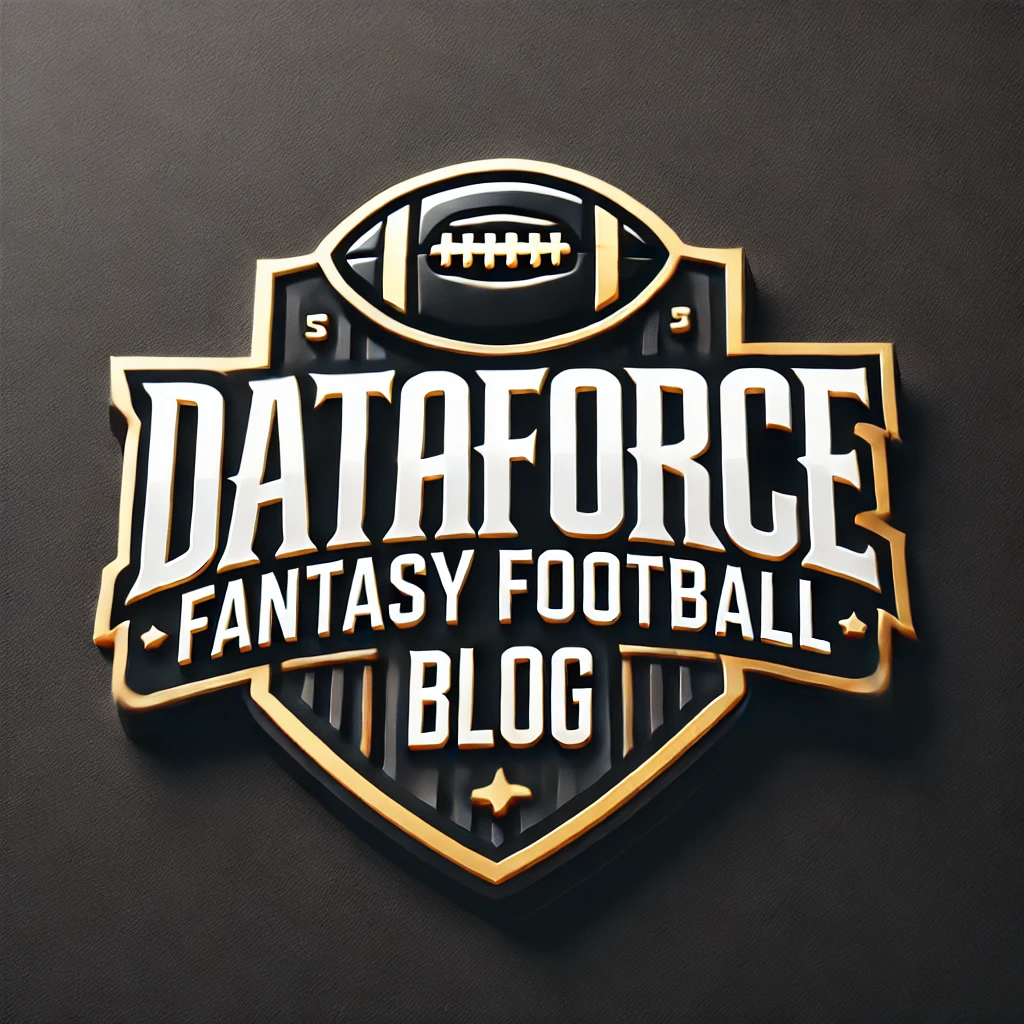
Even though we are still weeks away from the NFL Draft, fantasy gamers are drafting in best ball leagues that include rookies, despite not knowing rookie landing spots and draft capital. If you are one such fantasy gamer, deciding when to select rookies over proven veterans is one of the more challenging and unique decision points of early drafts. While drafting prior to the NFL Draft does bring unique challenges, it does not mean that fantasy gamers have to blindly throw darts at rookies, arbitrarily selecting them at different points in the draft when there are not any veterans on the board that feel properly valued. This is especially true when it comes to running backs. There are, in fact, several points of consideration to guide which rookies to target and more importantly, when those players should be selected.
When contemplating selecting a rookie running back prior to the NFL Draft, fantasy gamers should consider these three things—
-Expected draft capital
The NFL Draft is one of the most watched sporting events in the world, despite there not actually being a competition being played. Millions of football fans tune in every year to see where the rookies will land. For fantasy purposes, the WHEN players go can be nearly as important as the WHERE. I detailed the hit rates for running back by round in 2019 and very little has changed since. First and second round running backs hit at very high rates as teams signal their intentions to use their prize rookie selections heavily. Players taken early at each position are selected with that team’s schemes in mind, making it likely they will see the field often and be put in a position to showcase their abilities.
-Floor/ceiling of veterans with similar ADP’s
When choosing between a rookie and veteran, it would be wise to consider the worst and best possible outcomes for the top veterans still on the board. While we do not know exactly how much work a rookie will receive, especially prior to landing spot/draft capital, we do have a pretty good idea of what roles veterans have played in the past—target shares, historical touches, red zone usage. Assuming similar usage, we should have a good idea of floor/ceiling outcomes and be able to match that up with the skill set of rookies at that spot (receiving profile, lead-back size, etc.). New coaching staffs, changes along the offensive lines, vacated targets, and new veteran additions, especially quarterbacks, need to be accounted for when estimating veteran floor/ceilings.

-Age/injury history
Yes, rookies get hurt, and yes, older veterans stay healthy and productive. At the same time, if I am choosing between two equally talented players, I will side with the younger player with the shorter injury history than the older with more wear and tear on his body.
In light of those three considerations, I highlight ten rookie running backs that routinely go at different points in best ball drafts that I have been targeting. Each breakdown will include my ranking, current Dataforce overall redraft ADP, and veterans that go within a round of a rookie that I would NOT take before that rookie.
Ashton Jeanty: RB5, ADP 31 > Christian McCaffrey, Breece Hall, Bucky Irvin, De’Von Achane
Ashton Jeanty is not only certain to receive first-round draft capital, he is not expected to slide beyond the first ten picks. Jeanty profiles as an every-down back who should finish amongst the league leaders in overall touches in his first season. I would select him before McCaffrey and his injury history, and Breece Hall, Bucky Irvin, or De’Von Achane, each of whom are not likely to see the volume Jeanty should see in year one.
Omarion Hampton: RB13, ADP 61 > James Cook, Joe Mixon, Chase Brown, Chuba Hubbard
Omarion Hampton is the consensus RB2 of the class after two highly productive college seasons and a dominant combine and is expected to get first-round draft capital, historically ensuring a large workload. I would select Hampton over James Cook with his potential holdout, likely touchdown regression and threat to lose touches to Ray Davis. I also prefer Hampton to Chase Brown with the Bengals potentially drafting backfield competition, Chuba Hubbard who should lose touches to Rico Dowdle, and Joe Mixon whose age and historical usage is a concern.
Kaleb Johnson: RB28, ADP 133 > Tajae Spears, Jordan Mason, Miles Sanders, J.K. Dobbins
This should not even be a debate. Kaleb Johnson is the consensus rookie RB5 in an exceptional class, and someone who, at worst, is expected to immediately be the lead back in a committee. His current ADP is in the same range as running backs on the short end of a committee, backups, or whose role is uncertain.
Bhayshul Tuten, RJ Harvey, Cam Skattebo, Devin Neal, Damien Martinez, Dhylan Sampson,
Ollie Gordon> Every backup running back
This running back class is deep and talented. The names on this list each come with the likelihood of stepping right into some percentage of a time share. If a back were to end up leading a committee or earning a three-down role, selecting a backup running back like Justice Hill or Tyler Allgeier ahead of that back could prove to be a prize-losing mistake.
🏈 Leagues Forming Now at DataForce Fantasy Football! 🏆
Think you’ve got what it takes to dominate the draft?
Join the competition, build your dream team, and crush your league.
Draft smarter. Win bigger. Only at DataForceFF.com
